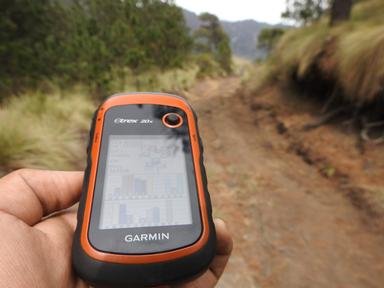Quiz Answer Key and Fun Facts
1. What resource would a geocacher find most useful to locate US-based caches?
2. Where was the first Geocache hidden?
3. When hiding a cache, what should never be placed in your container?
4. An EarthCache is a special type of cache. Who oversees the EarthCache program in the US?
5. To a geocacher, why is ROT-13 an important tool?
6. In the Geocaching world, what/who is a Muggle?
7. Which of these would be a suitable location to hide a geocache?
8. What is the minimum distance required between physical caches?
9. What is the travel restriction for a Geocaching Travel Bug?
10. What type of cache was 'grandfathered' in 2005, but was brought back to a select number of cachers in 2017 and 2019?
Source: Author
bwfc10
This quiz was reviewed by FunTrivia editor
WesleyCrusher before going online.
Any errors found in FunTrivia content are routinely corrected through our feedback system.
